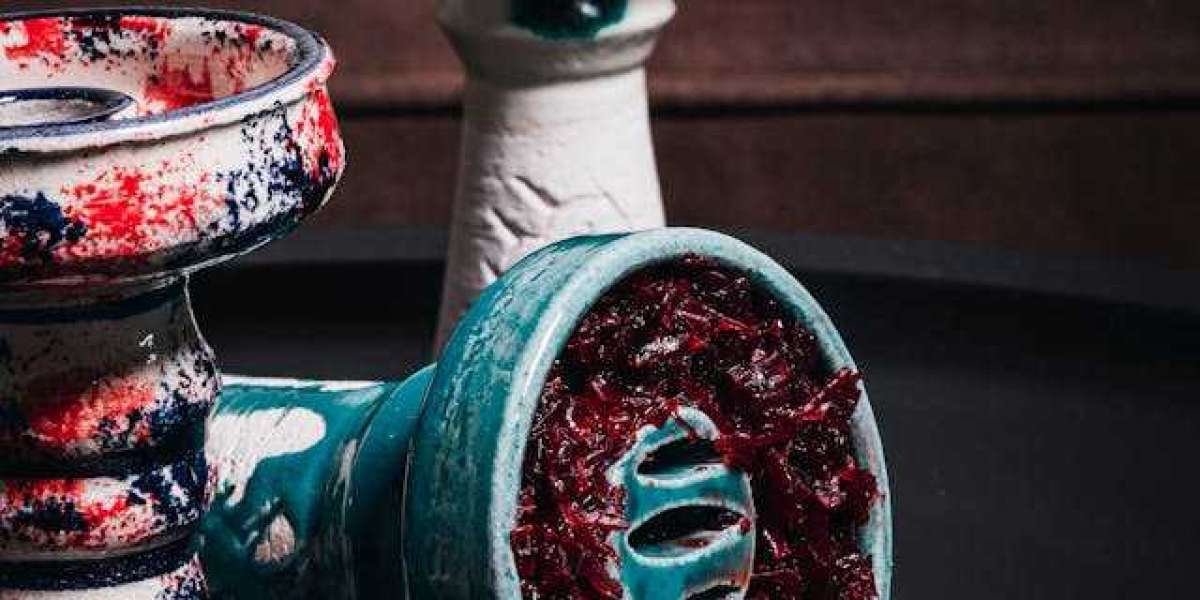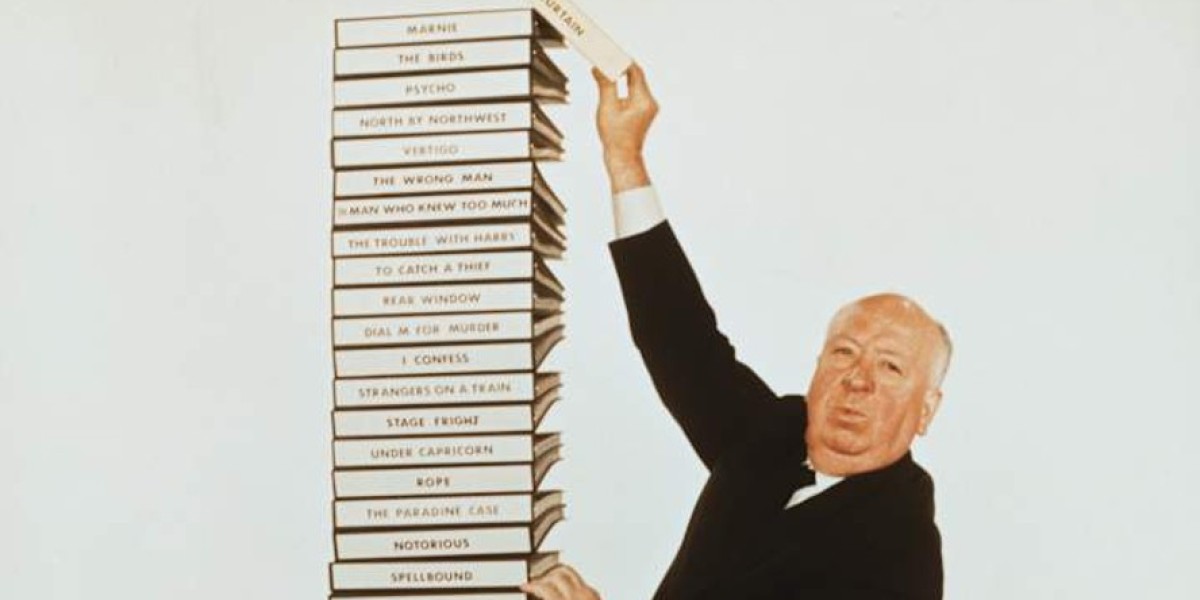Shisha, also known as hookah or waterpipe, has deep roots in Middle Eastern, Central Asian, and North African cultures. But today, its appeal has transcended borders, becoming a global phenomenon with a modern twist. What was once a centuries-old tradition in the Middle East has evolved into a popular social activity worldwide. This shift has given rise to what’s commonly called "modern shisha culture"—a unique blend of tradition, innovation, and cross-cultural influence. In this post, we’ll explore the development of shisha culture, its modern-day significance, and what the future holds for this evolving social practice.
The Origins of Shisha: A Cultural Tradition
Shisha smoking dates back hundreds of years, with roots believed to be in India and the Middle East. Originally, the device used for smoking was simple, often made from coconut shells and wood, and tobacco was smoked through a mixture of heated coals. Over time, the shisha pipe evolved, becoming more refined with glass, brass, and even gold-plated models, symbolizing wealth and status in some societies.
Shisha sessions traditionally provided a way for people to gather, relax, and share in long conversations, especially in Middle Eastern communities. It was a symbol of hospitality, friendship, and leisure, and this sentiment remains true today. However, as shisha culture spread to different parts of the world, it adapted to modern sensibilities, lifestyles, and preferences, transforming into something distinct.
Shisha’s Rise in the Global Scene
Over the past few decades, shisha charcoal has experienced a surge in popularity, especially among younger generations in Western countries. This can be attributed to several factors:
Social Experience: The communal nature of shisha aligns well with modern social norms. Unlike traditional cigarette smoking, shisha is often enjoyed in groups, with friends or family members gathered around a single pipe, sharing and conversing.
Flavored Tobaccos: Traditional shisha used unflavored, often harsh tobacco, but modern shisha culture has introduced an array of flavored tobaccos, or “shisha molasses.” Flavors such as apple, mint, mango, and watermelon attract a younger, more diverse audience. Many users are drawn to the flavors as much as the act of smoking itself, which creates a unique experience far removed from traditional smoking.
Relaxed Environment: Shisha lounges have become trendy, offering comfortable settings with dim lighting, soothing music, and luxurious seating, creating an atmosphere conducive to relaxation. This vibe has contributed significantly to its popularity as a form of leisure, especially among those who don’t necessarily see themselves as smokers but enjoy the occasional shisha session for the social aspect.
Key Elements of Modern Shisha Culture
Modern shisha culture is more than just smoking; it encompasses a range of experiences and practices that make it distinct. Here are some key elements that define today’s shisha culture:
1. Shisha Lounges as Social Hubs
Shisha lounges, often decorated in contemporary or fusion styles that blend Middle Eastern and Western aesthetics, are key players in modern shisha culture. These lounges offer an inviting space where people can unwind, talk, or even work in a relaxed environment. Some upscale lounges provide gourmet food, mocktails, and specialty drinks, further enhancing the experience.
Many shisha lounges emphasize unique decor and ambiance, which sets them apart from regular bars or cafes. Some may even incorporate art or music from the Middle East, creating an immersive cultural experience for their guests.
2. Premium Shisha Products and Devices
With the rise of shisha’s popularity, the quality of shisha equipment has also improved significantly. High-end glass hookahs, designer hoses, and premium charcoal are now readily available, offering smoother and cleaner smoke. Modern shisha pipes are often made from stainless steel, glass, or acrylic, designed not only for functionality but also for aesthetic appeal.
Some luxury shisha brands collaborate with designers and artists to create limited-edition pipes with intricate engravings, crystal designs, or unusual shapes. These high-end options appeal to those who see shisha as a lifestyle choice rather than a casual pastime.
3. Innovation in Tobacco and Flavors
The introduction of flavored tobacco was a turning point for shisha culture, and the innovation hasn’t stopped. Today, shisha companies continue to experiment with new flavors, combining different fruits, spices, and even beverage-inspired blends. Popular flavors now include exotic choices like mojito, bubblegum, and tiramisu, as well as seasonal options that cater to evolving tastes.
In addition to flavored tobacco, herbal and nicotine-free shisha options have emerged for those who want the shisha experience without the health risks associated with nicotine. These alternatives appeal to a health-conscious crowd and help broaden shisha’s appeal.
4. Influence of Social Media
Social media has been instrumental in popularizing modern shisha culture. Instagram, Snapchat, and TikTok are filled with influencers and celebrities showcasing their shisha sessions, capturing the attention of millions of followers. This exposure has helped make shisha lounges trendy and accessible, inspiring others to try it themselves.
Moreover, shisha lounges are taking advantage of this trend, creating Instagram-worthy setups and encouraging patrons to share their experiences online. This mutually beneficial relationship has contributed significantly to the rapid growth of shisha culture worldwide.
5. Shisha as a Status Symbol
In some circles, the choice of shisha equipment, lounge, and even tobacco flavors have become a way to signal taste and sophistication. Premium shisha brands have seized this opportunity, marketing their products as luxury items, which can enhance one’s social status. From customized hookah pipes to curated experiences at exclusive lounges, shisha has become a lifestyle symbol for some enthusiasts.
Shisha and Health Concerns: A Dual Narrative
While shisha is celebrated for its social and cultural aspects, it also raises health concerns. There’s a misconception that shisha is safer than cigarettes because the smoke is filtered through water. However, studies indicate that shisha smoke still contains harmful substances, including nicotine, carbon monoxide, and tar, which pose risks to lung health and cardiovascular well-being.
To address these concerns, some manufacturers have introduced alternatives like herbal shisha, which lacks nicotine and is seen as a “healthier” choice. Many lounges also emphasize ventilation and proper shisha preparation techniques to minimize exposure to harmful substances, though the health risks of regular shisha use remain a topic of discussion.
The Future of Modern Shisha Culture
As with any trend, modern shisha culture will continue to evolve. Here are some possibilities for the future of shisha:
1. Expansion into New Markets
Shisha store is already popular in Europe, North America, and parts of Asia, but it has potential for further growth, especially in countries where it is currently less known. As lounges become more sophisticated and flavors diversify, shisha culture is likely to attract new demographics.
2. Continued Innovation in Shisha Technology
The shisha industry has shown a keen interest in adopting new technologies. Some companies are exploring smart hookahs that allow users to control temperature, flavor intensity, and other features via a mobile app. This level of customization could attract tech-savvy customers, taking the experience to a whole new level.
3. Shisha as an Art Form
Modern shisha culture has given rise to artistic expressions within the industry. Some brands focus on creating visually stunning hookahs, using glasswork, metal design, and even LED lighting to make each piece a work of art. This trend is likely to grow, with shisha enthusiasts seeing their pipes as both functional and decorative objects.
4. Sustainability Efforts
Sustainability is becoming increasingly important across industries, and shisha is no exception. Some companies are exploring biodegradable materials for shisha accessories, environmentally friendly charcoal alternatives, and responsibly sourced tobacco. These efforts not only appeal to eco-conscious customers but also help reduce the environmental impact of the shisha industry.
Conclusion
Modern shisha culture is a vibrant blend of tradition and trend, encapsulating the best of both worlds. It combines centuries-old customs with modern aesthetics, flavors, and innovations, making it more than just a smoking habit—it’s a global social experience. The rise of shisha lounges, premium products, and a variety of flavors has made it an accessible, enjoyable, and unique activity, especially for younger generations.
Despite concerns around health, shisha culture shows no signs of slowing down. Its ability to adapt to changing lifestyles and preferences has cemented its place in modern society, ensuring that this ancient tradition will continue to thrive in new and exciting ways. Whether as a status symbol, a social activity, or a creative expression, modern shisha culture is here to stay, evolving with each passing trend while honoring its historical roots.








